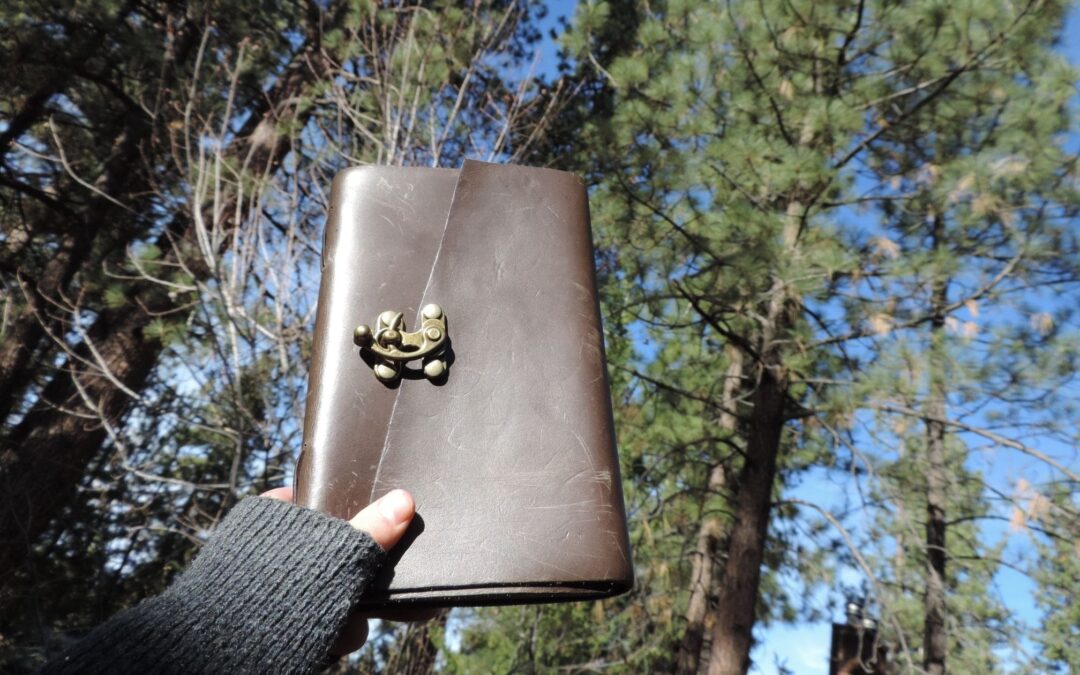I tried to consistently journal for years but it was not until the summer I discovered a form of writing that stuck. My favorite style of journaling is simply writing the date and spewing my unorganized thoughts. Doing this has helped me to cultivate more gratitude and create distance between the things that cause me anxiety. I find it misleading to think that journaling is beneficial for everyone, but it has certainly helped me.
I try to journal in the morning, alongside warm light from candles and a soft breeze coming from my window. Every day the entries are slightly different, and many times I don’t follow a routine at all. However, some days more guidance is helpful. This is my rough journaling routine for when I don’t know what to write about.
Describing the Environment
The first thing I write about is the environment I am in. I recall the events that were important to me leading up to the moment, as well as what the momentary scene looks like. What is the location? What does it look and feel like? What does it sound like? This gives me more context if I am ever reading back through my journal.
Shadow Work
The term “shadow work” can be a little misleading, but I feel it describes this part best. Depending on who you ask, shadow work can mean different things. I view shadow work as being upfront with things that are emotionally repressing. In the morning, I write the thoughts and circumstances that are causing me distress. “Shadow work” is a slightly misleading term because I don’t spend an extended amount of time writing in the morning and I don’t analyze my thoughts critically. If I want to do actual shadow work, I plan a significant amount of time for it.
Intentions and Gratitude
Setting an intention gives me something to focus on for the rest of the day; if I feel overwhelmed I’ll come back to it. An example of a recent intention I set is to feel safe and present. Most days I finish by writing a few things I am grateful for.

